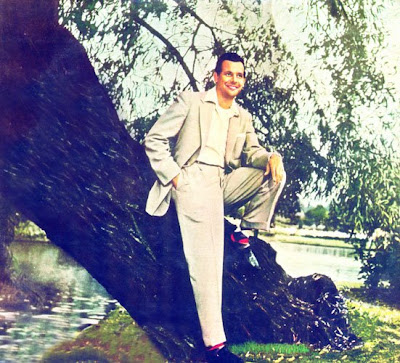Footloose and fancy free

Flamenco has evolved over centuries of political and ethnic influences, writes Mathures Paul
Grace personified, Laura Gonzalez swirled across the Calcutta School of Music auditorium floor to the amazement of those participating in a flamenco workshop.
The very word flamenco conjures up images of intense passion and makes you say “Ole!”. Guitarist Fran Molina, Luis Garcia, percussionist Daniel Parra and dancer Laura Gonzalez gave pointers to the receptive audience gathered at Calcutta School of Music. But they were not averse to learning more about Indian dance forms and the degree to which the two can blend. “Whenever we get the opportunity, we listen to Indian music. It has rhythm. I know an American drummer who learnt the tabla when he visited India. But we have never spared a thought to the proposition of mixing Indian rhythms with flamenco,” says Daniel.
Before arriving in Kolkata, the four mesmerised crowds in Delhi, where a sitar was also incorporated into the performance. Like other art forms, flamenco has undergone changes over the decades. “It stared with a simple guitar and singing. Soon dancing and the cajon were added,” says Fran. Originally, flamenco consisted of unaccompanied singing. Later, songs were accompanied by a flamenco guitar (toque), rhythmic hand clapping (palmas), rhythmic feet stomping (zapateado) and dance (baile). More recently, cajón (a wooden box used as a percussion instrument) and castanets (castañuelas) were introduced.
The four met about 10 years back and have been working together for the last seven-odd years. “We teach together in Madrid and conduct workshops across the country. When we began, Laura was a little girl. She began dancing at the age of eight and today she tours with us,” adds Daniel, as Laura swirls before the participants.
Though language was a hindrance, the four proved the existence of a world language called music. Every time Fran and Luis played a bar of Autumn leaves, the crowd was held spellbound. “This is just a project and will not amount in an album. We don’t look too far ahead into the future,” continues Daniel with a smile. A lover of Trini Lopez he continues, “Lopez is still very popular. We play his music at times. But much of the time we stick to jazz.” And with those words, the workshop was again in full swing.


Comments